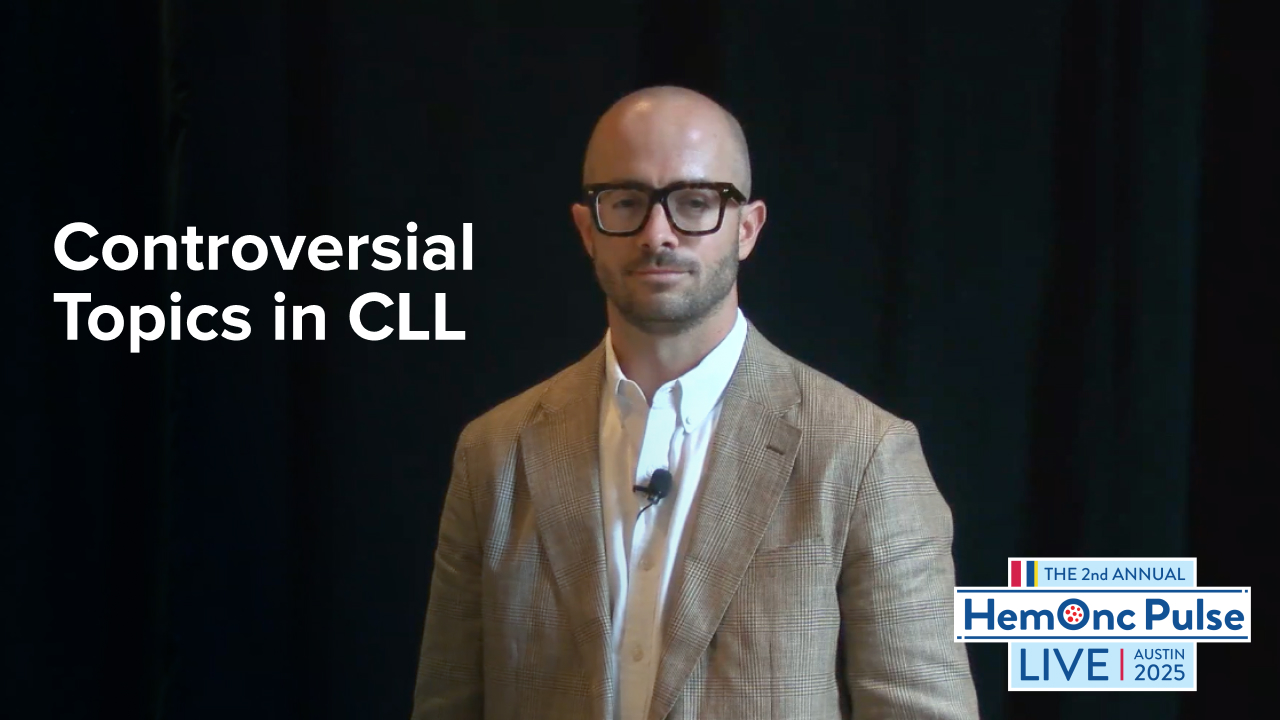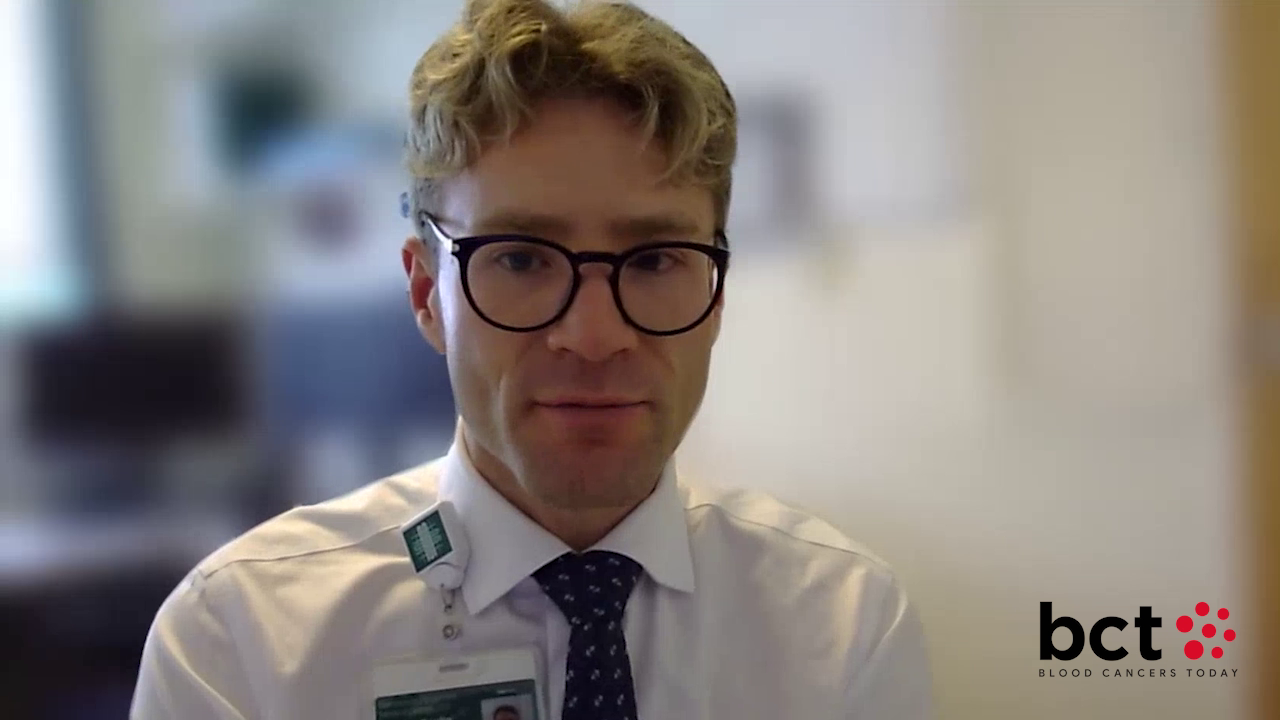Panelists Discuss Access to CAR-T for Patients with Multiple Myeloma
By Saad Z. Usmani, MD, MBA, FACP, Shambavi Richard, MD, Meera Mohan, MD, Yi Lin, MD - Last Updated: January 17, 2024A roundtable discussion, moderated by Saad Usmani, MD, of Memorial Sloan Kettering Cancer Center, focused on treatment considerations for relapsed or refractory multiple myeloma, including updated data from the 2023 American Society of Clinical Oncology Annual Meeting. Dr. Usmani was joined by a panel that included Yi Lin, MD; Shambavi Richard, MD; and Meera Mohan, MD.
In this segment of the roundtable series, the panelists discuss their experience with chimeric antigen receptor (CAR) T-cell therapies, access challenges in the real-world clinical setting, and how their institutions have adjusted approaches to myeloma treatment.
Watch the next segment in this roundtable series.
—
Dr. Usmani: I do want to talk about our commercial CAR experience and get a sense from all of you guys. It’s been really exciting, despite the fact that we were entering into this pandemic, and we had a lot of other things going on. I think it was really encouraging to see our first BCMA CAR-T get approved in late relapse and then the second CAR-T with ciltacabtagene autoleucel (cilta-cel) getting approved. But there were a lot of challenges in getting treatment to our patients. I want you guys to share your experiences. What was the patient access experience? How were the challenges in dealing with our colleagues in the community who wanted to send us patients for those therapies, but we had challenges in managing the wait time? Meera, we can start with you.
Dr. Mohan: We’ve had idecabtagene vicleucel (ide-cel) for more than a year now. We still have issues with getting a slot for apheresis. On average, we get one to two slots per month despite having both ide-cel and cilta-cel onboard. We’ve also published our early experience after one year of having commercial ide-cel available for our patients, and about 25% of our patients did not make it to that one-year point. They died waiting on the waitlist. We still have ongoing issues. The manufacturing issues are also I think kind of significant with ide-cel, anywhere between four to six weeks. I think at least from our experience, a bit longer with cilta-cel. Still a challenge.
Dr. Usmani: What do you think?
Dr. Richard: Yeah, there were growing pains for both the manufacturer, as well as I think for the institution. We had a steep learning curve. It felt almost like a solid organ transplant for a little while. You had to assign slots and how do you ethically do that? Who do you prioritize? The patient who really needs it but is less likely to benefit than somebody who needs it, and is more likely to benefit, because maybe the pace of the disease or earlier line or whatever it is. Then you’re trying to figure out what is fair; justice is a very difficult word at that point.
I’m happy that the whole slot availability thing is easing up now. I feel like we are finally catching up with our backlog. We are able to. I don’t have a long list and three slots to go around and try to figure out who gets it.
Now, we are catching up and we actually have flexibility in getting patients in earlier and doing all of that. I think that’s been interesting. I think too, that the out-of-spec rate, that was the other thing. We had so many challenges with that when we initially started and that seems to be easing up too now. We’re not having nearly as much. I think initially it was a 25% out-of-spec rate and now we are noticing a big difference in how the products are within spec. Kudos to the manufacturers who finally caught up and learned how to do it; to us, because we figured out how to do this better. So, as in anything.
Dr. Usmani: Absolutely, I think you’ve summarized it very nicely. Then, the out-of-spec issue and these issues were national; these were not institution-specific. We were all feeling the crunch and trying to manage our patients, and we all have a high proportion of triple-class-exposed, penta-drug-exposed, refractory patients.






 © 2025 Mashup Media, LLC, a Formedics Property. All Rights Reserved.
© 2025 Mashup Media, LLC, a Formedics Property. All Rights Reserved.